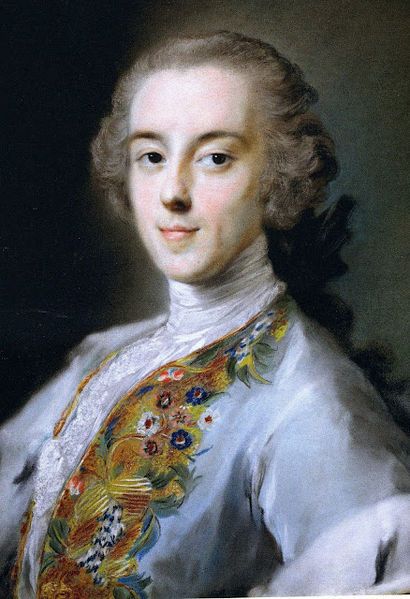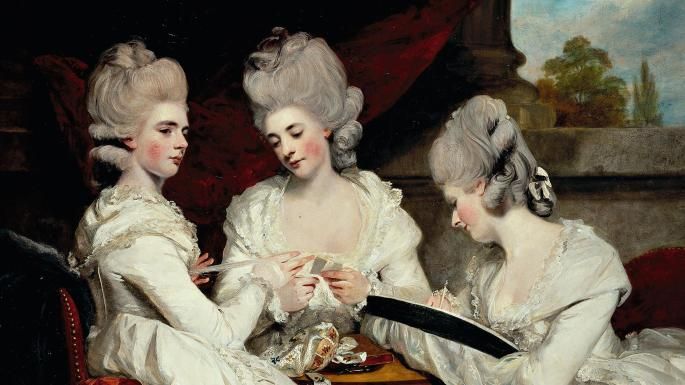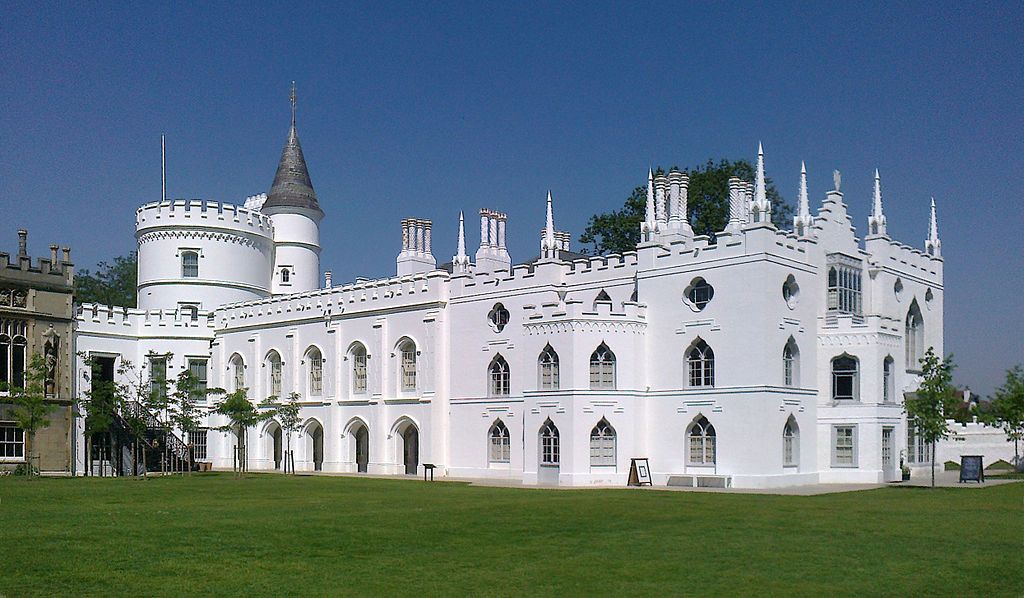Curious Collection of Historic Oddities Reunited in Horace Walpole’s Neo-Gothic Castle
See more than 150 artifacts originally on view in the estate during the 1700s
Horace Walpole, 4th Earl of Orford, wore many hats in his life: youngest son of Britain’s first prime minister, Robert Walpole; Gothic horror author; prolific letter-writer; curio collector; and visionary architect. But if you’re looking to really understand Walpole, your best bet may be to read about Strawberry Hill, a London-adjacent cottage that Walpole reimagined as a neo-Gothic castle with a hand-selected collection of oddities housed within its walls.
In the years following Walpole’s death in 1797, the whimsy he cultivated inside his beloved estate was stripped away as buyers acquired the various novelty items that once adorned its walls and the property itself was sold to St Mary’s University. As Jonathan Jones reports for the Guardian, Walpole's former estate is now getting a second life: a new exhibition at Strawberry Hill offers an unprecedented glimpse back in time to the eclectic figure’s lost world, restoring more than 150 of Walpole’s curious collectibles to their one-time home.
Lost Treasures of Strawberry Hill, as the exhibition is called, reanimates the once-great estate, which was rescued from dilapidation by the establishment of a local trust in 2002. Rachel Campbell-Johnston of the Times notes that the building’s wedding-cake white exterior, labyrinthine network of closets, chambers and galleries, and atmospheric stained glass windows are just as enticing as they were during Walpole’s lifetime, when visitors flocked to explore its exotic offerings en masse.
Walpole personally encouraged the public’s interest in Strawberry Hill, Donald Lee writes for the Art Newspaper. In 1784, he published a room-by-room guide to the estate, which he eventually filled with more than 4,000 items spanning cultures and time periods. This text, entitled A Description of Strawberry Hill, underlied Walpole’s fear that his home and collection would be sold upon his death—a fear that the Spectator’s Michael Snodin notes became reality in 1842, when a descendant auctioned off the artifacts in a monumental 24-day sale.
The 150 odd objects presented in the new show can’t capture the atmosphere evinced by Walpole’s cluttered collection in its entirety, but they certainly try. The collection includes a lock of hair taken from the head of Mary Tudor, Henry VIII’s younger sister and the one-time queen of France; a William Hogarth portrait of convicted murderer Sarah Malcolm sitting in her cell as she awaits execution; and even an 1st-century marble eagle unearthed in the Roman Baths of Caracalla. (According to Apollo Magazine’s Silvia Davoli, the ancient marble eagle was one of Walpole’s favorite items. In a 1747 letter to friend Horace Mann, he described the find as “a glorious fowl! … There never was so much spirit and fire preserved, with so much labour and finishing.”)
In one chamber, the specter of Walpole himself welcomes visitors, peering out of a portrait painted by one of the era’s few prominent female artists, Rosalba Carriera. A Chinese porcelain bathtub also hints at the presence of a fellow former resident: Walpole’s pet tabby Selima, who drowned in that exact tub while attempting to catch a goldfish. (Selima is further immortalized by “Ode on the Death of a Favourite Cat Drowned in a Tub of Goldfishes,” a poem composed by Walpole’s friend Thomas Gray. The piece gently eulogizes the cat’s end, reading: “She tumbled headlong in. / Eight times emerging from the flood / She mewed to every watery god, / Some speedy aid to send.”)
Walpole's taste for medieval decoration is manifest with Tudor treasures on view: There’s a black obsidian disc employed to predict the future by Elizabethan necromancer John Dee, a crimson hat alleged to have belonged to fallen favorite Cardinal Wolsey and a brass clock gifted from Henry VIII to Anne Boleyn. The Times’ Campbell-Johnston writes that the device is decorated with the couple’s initials and lovers’ knots. Originally purchased at auction by Queen Victoria, the clock is now on loan from Elizabeth II.
A traveling exhibition timed to coincide with the villa’s re-opening to the public in 2009 reunited around 300 items from Walpole’s collection at the Yale Center for British Art and London’s Victoria and Albert Museum in London, but as the Art Newspaper’s Lee notes, this is the first time hundreds of so-called “Walpoliana” have stood in their original positions along the corridors of the estate, fulfilling Walpole’s stated vision of a home that doubles as a monumental curio cabinet.
As Walpole once put it himself, “the notion I have of a Museum is an hospital for everything that is singular. Whether that thing has acquired singularity from having escaped the rage of time: from any natural oddness in itself; or from being so insignificant that nobody ever thought it worth their while to produce any more of the same sort.”
Lost Treasures of Strawberry Hill is on view at Strawberry Hill in Twickenham, England, through February 24, 2019.
/https://tf-cmsv2-smithsonianmag-media.s3.amazonaws.com/accounts/headshot/mellon.png)




/https://tf-cmsv2-smithsonianmag-media.s3.amazonaws.com/accounts/headshot/mellon.png)